More than 20 years ago, Austin Powers: International Man of Mystery was released to critical and commercial acclaim, with audiences worldwide loving Mike Myers’ newest creation, a British secret agent frozen in time and trying to cope with the differences between the 60s and 90s whilst also trying to save the world.
The film was a huge success, spawning sequels and being referenced and lampooned many times since by other movies and TV shows.
Let’s take a look at some facts about Austin Powers: International Man of Mystery that you may not have known.
20. Myers’ British parents were his inspiration

Born to Eric Myers, an insurance broker, and Alice E. Hind, an office supervisor and Royal Air Force veteran, Mike Myers has been candid that his family has been a huge inspiration for his comedies. In fact, it’s possible to read the Austin Powers franchise in particular as a tribute to his father.
“I grew up with British comedy,” Myers has said. “My ultimate favourite is Peter Sellers. I loved the Ealing comedies, Monty Python, Alec Guinness. It’s true that Englishness, comedy and otherwise, is a very big part of my life.”

It’s no coincidence that these comedies, with very British sensibilities, were a favourite of Myers’ father’s: his parents were originally from Liverpool, and emigrated to Canada when Myers was very young.
[rtk_adunit_top]
Due to Eric Myers’ love of these comedies, the younger Myers was inspired to play a pastiche of another classic British character – James Bond – as a tribute to his father, as well as being a way to reconnect with his heritage.
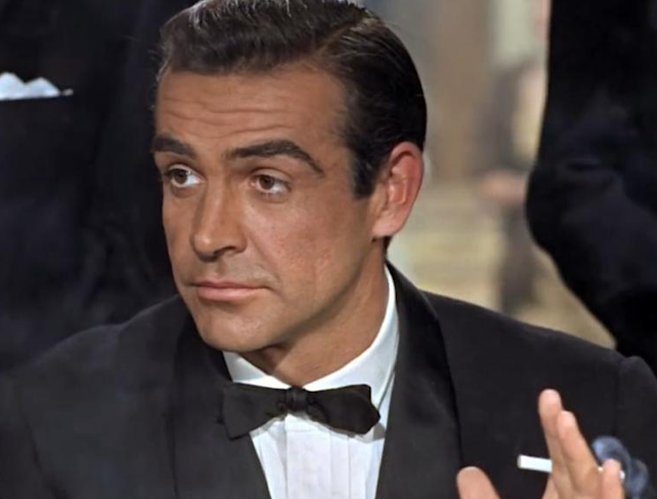
“There’s nobody more English than an Englishman who no longer lives in England,” and you could even argue that Austin Powers being cryogenically frozen and being transported into the future is a reference to Myers’ education on (and replication of) comedies from before his time.
[rtk_adunit_middle]
Myers has also noted that the cockney rhyming slang that fills the film was inspired by his father, who had picked it up during his time in the army. Unfortunately, Eric was later diagnosed with Alzheimer’s, and died in 1991, the year before Myers would have his breakthrough role as the eponymous rock superfan of Wayne’s World (1992).

“I was devastated by my father’s death. But to have that turn into something [Austin Powers] that makes people happy is unbelievably satisfying. It’s that kind of stuff you never get used to or get tired of.”
[rtk_adunit_bottom]
19. Powers’ accent was based on Myers’ sexy bedroom voice
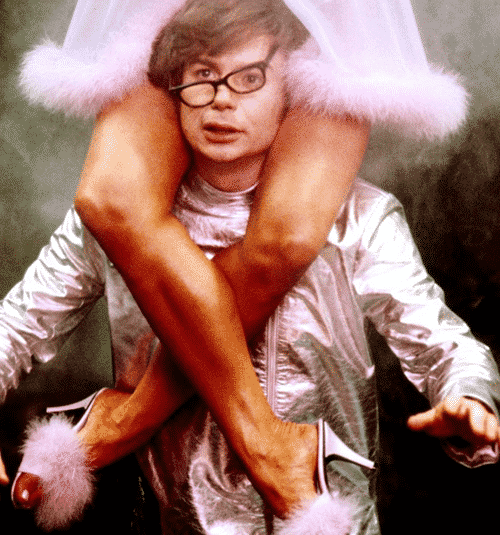
You might see it as nothing more than a goofy comedy, but the Austin Powers series was so influential that the word ‘sh*gadelic’ – meaning “sexy, especially in a psychedelic or ‘retro’ way” – was added to the Oxford English Dictionary in 2007. So it might not be so surprising that another inspiration for everyone’s favourite groovy spy originated in the bedroom.
[rtk_adunit_top]
Myers met actor and comedy writer Robin Ruzan at a hockey game in the late 1980s at a hockey game, in which he accidentally caught the puck and used it as a conversation starter. They married in 1993, and Myers frequently referred to her as his muse.

The story goes that Myers was flirting and teasing his wife in the bedroom and – while it wasn’t successful – she found it hilarious. Myers would say recognisably Powers-style phrases like “You’re a fabulous bird!” and “Do you swing? Do I make you horny?”, according to Newsweek.
[rtk_adunit_middle]
Ruzan encouraged Myers to write it down; while the Austin Powers had been circling in Myers’ head for some time, it seems like Ruzan was the main force behind Myers finally bringing the project to fruition.
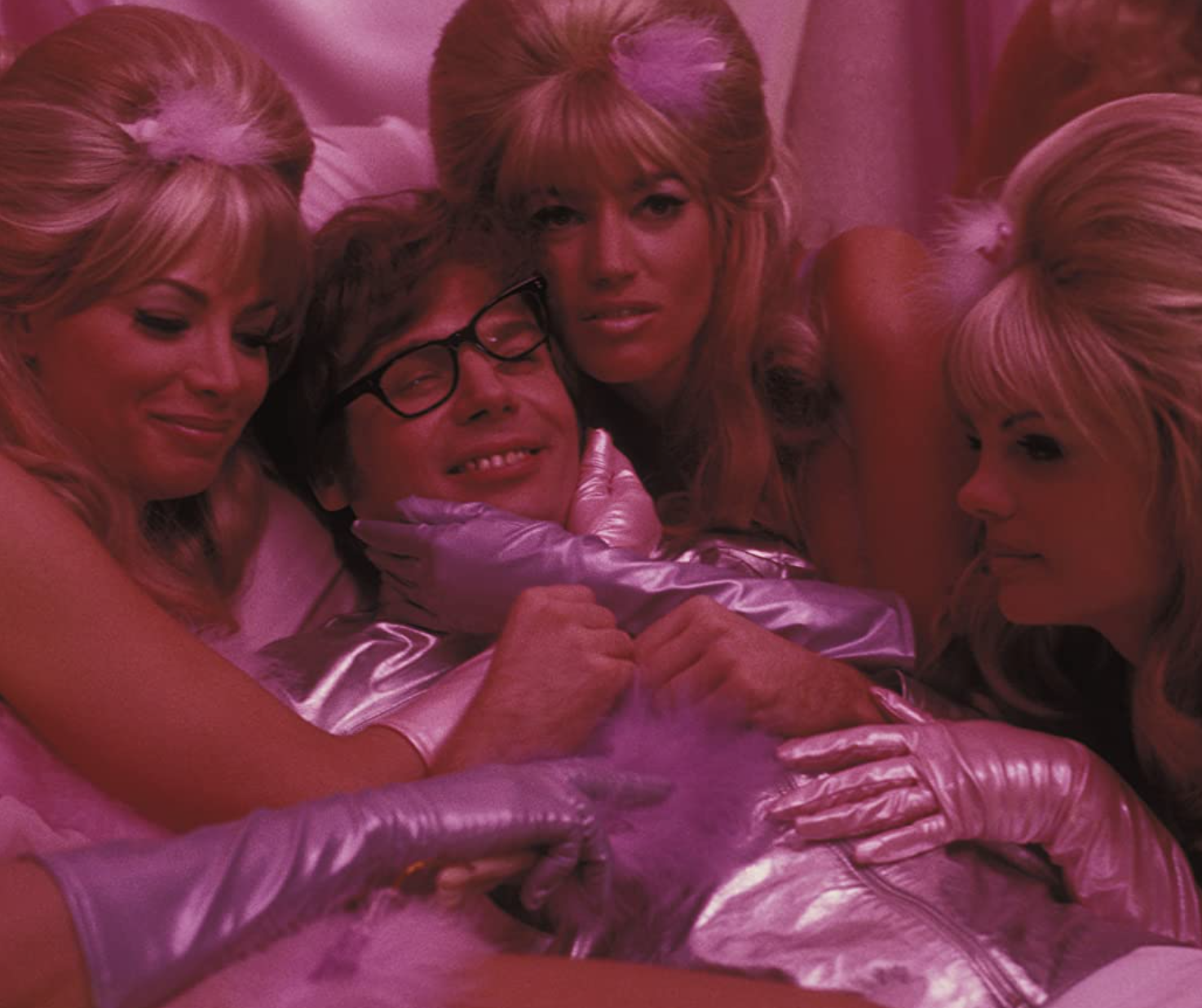
Ruzan was also instrumental to the success of Wayne’s World and many of Myers’ other creative projects, though they divorced in 1997. “I’m out of the blame business,” Myers has said, “and I’m into the dropping-resentments business. I’m into ‘That was then, this is now.’”
[rtk_adunit_bottom]
18. Jim Carrey was supposed to play Dr Evil
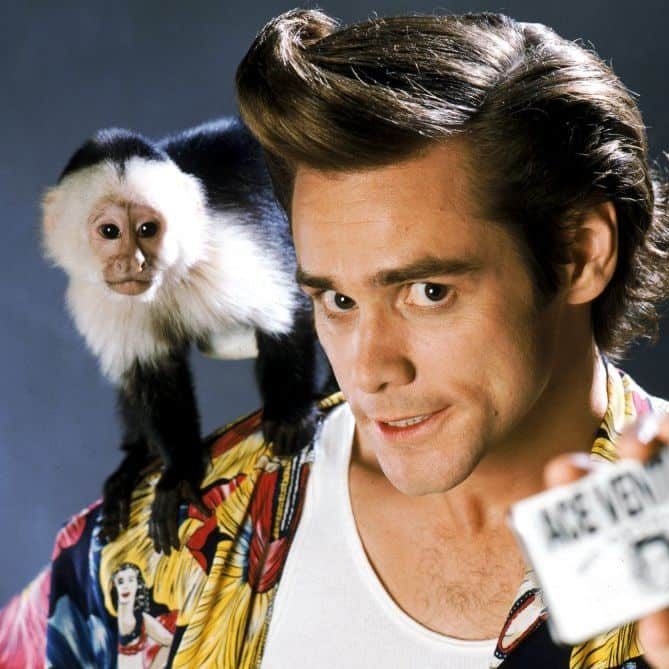
It’s either an elementary trivia question or a celebrated point by fans, but for the few who never figured it out: Mike Myers in fact has two starring roles in the Austin Powers franchise, playing both the 60s super-spy and his pinky-toting arch nemesis: Dr Evil. This fact is especially played for laughs in the third film, Austin Powers in Goldmember (2002), when’s it’s revealed that (spoiler alert for the newbies) Dr Evil is actually Douglas ‘Dougie’ Powers, the long lost brother of the titular hero.
[rtk_adunit_top]
But it wasn’t always meant to be this way. As much as the franchise seems so deeply rooted in Myers playing both the parts, which comprises many of the jokes, the series could have taken a very different turn had another 90s legend been cast.
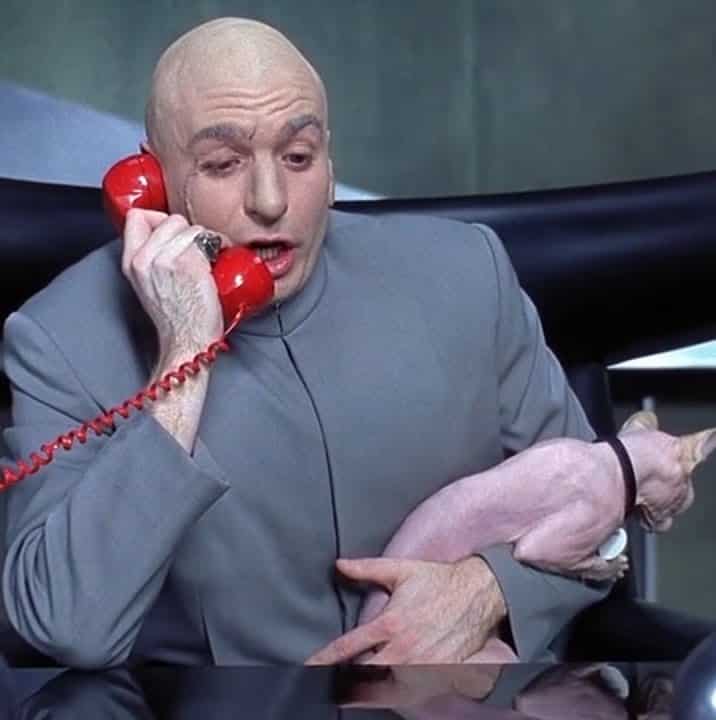
In the mid to late 90s, Jim Carrey’s star was at its peak. Having had a year full of breakout roles in Ace Ventura: Pet Detective, The Mask, and Dumb and Dumber (all 1994), Carrey’s reputation as a comedy star – who, incidentally, made movie studios a fortune – had survived the relative misfires of Batman Forever (1995) and The Cable Guy (1996). The question was: where next?
[rtk_adunit_middle]
Step forward Mike Myers, who offered Carrey the role of Dr Evil in his new psychedelic Bond spoof. Carrey was open to performing in the film given Myers’ success with Wayne’s World, but had to turn down the part due to scheduling conflicts with another film you might have heard of: Liar Liar (1997).
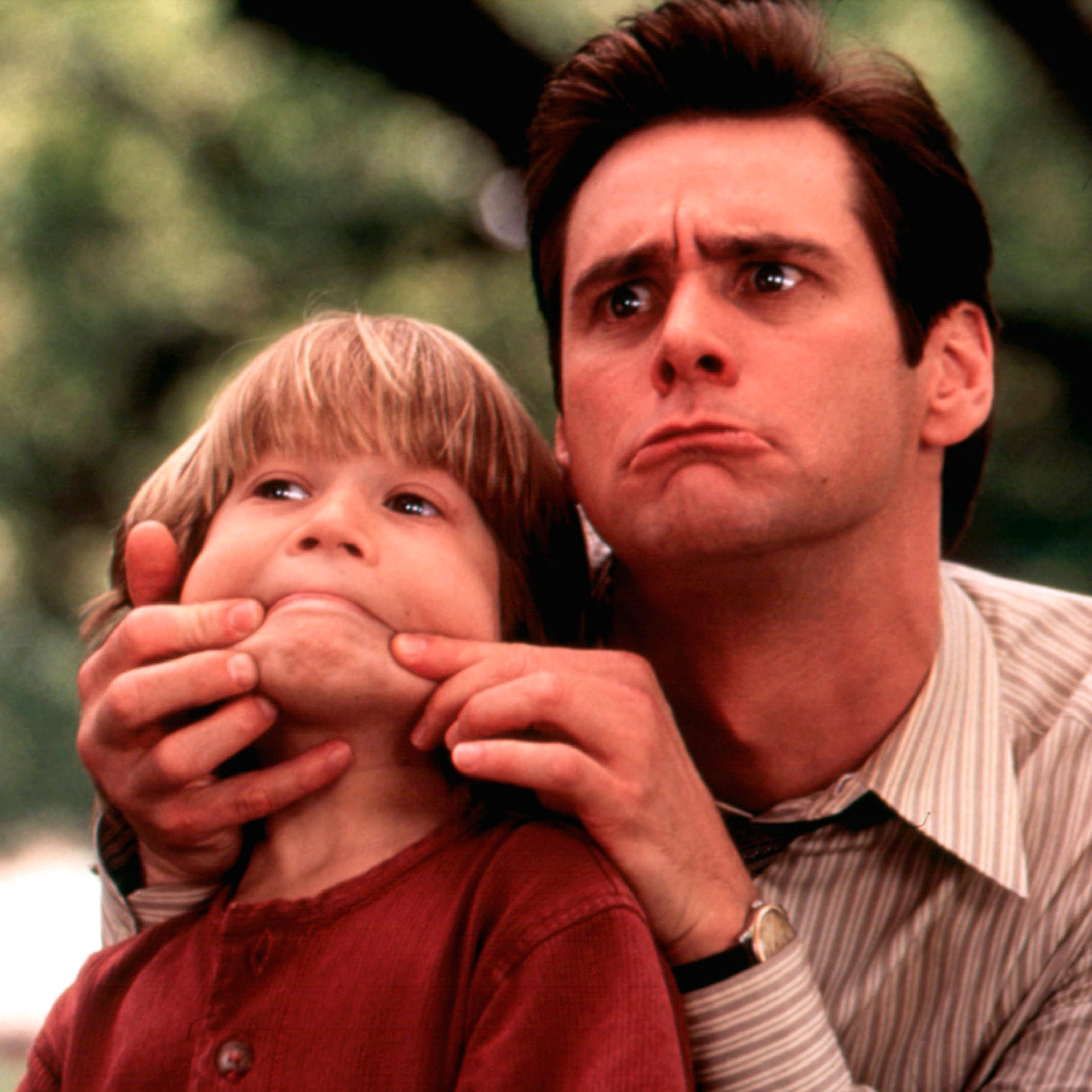
As much as we’d have loved to have seen Carrey face off against Mike Myers, it’s hard to argue with his choice: Liar Liar would go on to gross $302,710,615, the fourth-highest domestic total of the year.
[rtk_adunit_bottom]
17. Myers modelled Powers after Stephen Hawking

In 2014, the internet went a little bit aflutter. The Theory of Everything had been released, making $123.7 million from a $15 million budget and earning its star, Eddie Redmayne, an Oscar for Best Actor as well as an accolade of other golden statuettes that would make John Travolta’s Goldmember explode.
[rtk_adunit_top]
Yet in that niche corner of the web that includes both fans of romantic biopics and smut-laden spy satires, a joke was doing the rounds: was that really Stephen Hawking opining on theoretical physics, or was it Austin Powers? And as bizarre as it might seem, they were on to something.

When it came time for Mike Myers to devise a look for his 1960s secret agent, he drew from a variety of sources. In keeping with the 60s aesthetic, bold primary colours were emphasised, and there was a rich fashion history to use as inspiration. But Myers added something else into the mix.
[rtk_adunit_middle]
Through looking at old photos of Stephen Hawking, who had become a global figure after the publication of A Brief History of Time: From the Big Bang to Black Holes (1988), Myers was inspired to recreate his mop of hair and thick-rimmed glasses.
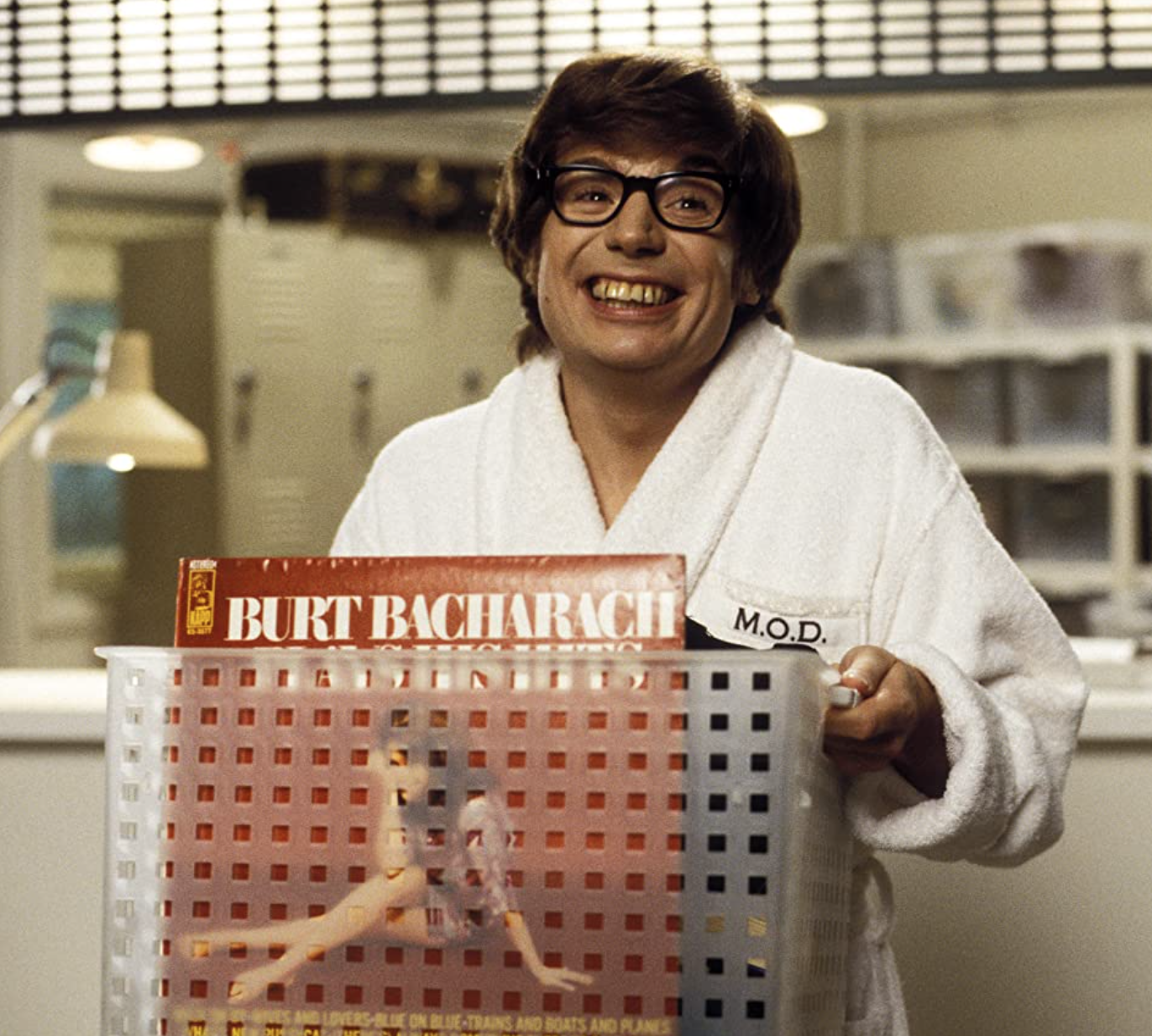
Interestingly, Hawking once indicated that he’d quite like to have played a Bond villain like Ernst Stavro Blofeld, the character who served as the major inspiration for Dr Evil, cat included.
[rtk_adunit_bottom]
16. Myers’ penchant for nude dancing made it into the film

With Mike Myers characters, as absurd as they are, it can be a little hard to tell where the man ends and the role begins. Plus, for a film that some have estimated was as much as 40% improvised, Myers was definitely employing his improv comedy training in certain scenes.
[rtk_adunit_top]
Furthermore, in a film where the main character has literally been taken straight out of the Swinging Sixties, it’s not a surprise that dancing plays a huge role, especially in the film’s opening credits. In order to set the tone for the devil-may-care attitude of the film, as well as to show off that glorious chest hair, it was decided that the film would have a grand opening set-piece.
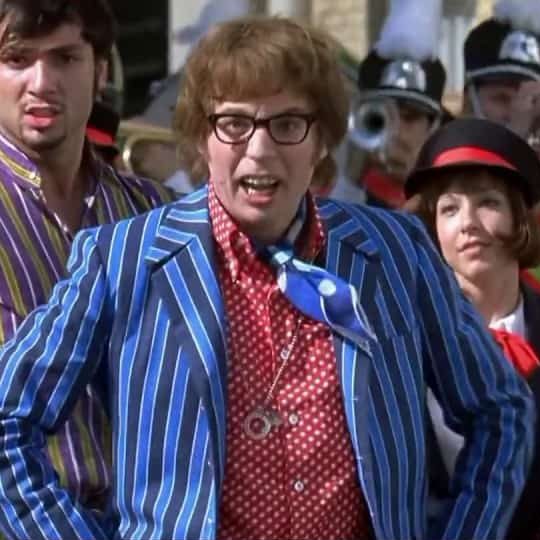
However, it was Myers’ then-wife, Robin Ruzan, who suggested that Myers should be nearly naked as he dances, supposedly because it’s a habit that Myers had at home! The nudity has since become a hallmark of the series, with Myers dancing entirely in the nude in the sequel, Austin Powers: The Spy Who Sh***ed Me (1999).
[rtk_adunit_middle]
The series has had a complicated relationship with its nudity and tidal waves of sexual humour and innuendo. Initially, the film was given an R-rating, in part due to that particularly suggestive scene with a sausage, and Myers and the rest of the team entered into difficult negotiations with the Motion Picture Association of America (MPAA) in a successful attempt to earn a 15 rating instead. The sequels would each go on to be given a 12 rating.
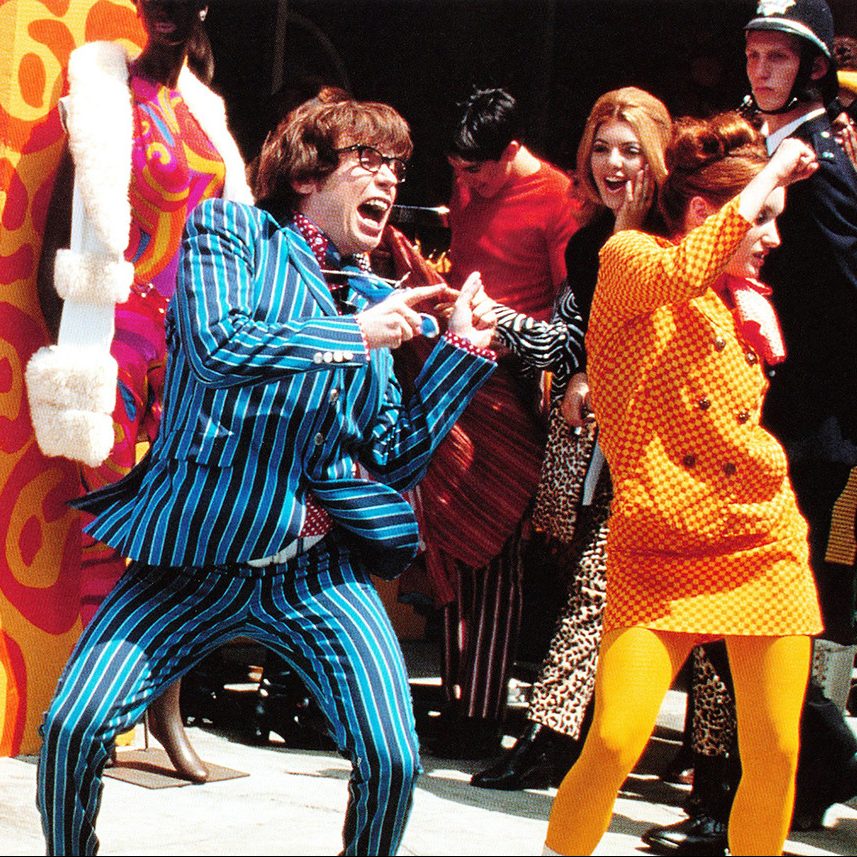
“The only thing they asked us to do in the final cut, which was kind of surprising to me,” said director Jay Roach, “was they thought there was too much butt-cheek on Mike when he got thawed out, so I went for a slightly more profile version.”
[rtk_adunit_bottom]
15. There’s a real Bond Girl in the film
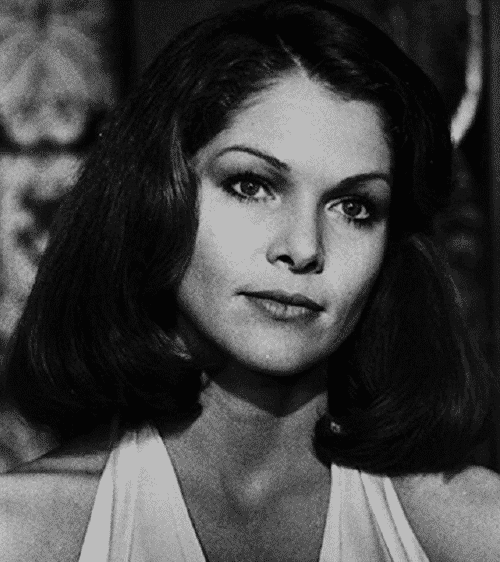
It’s not all parody – it turns out that Austin Powers: International Man of Mystery in fact boasts some bonafide connections to the real James Bond films, and can even claim a cameo from a Bond Girl.
[rtk_adunit_top]
In Moonraker (1979), the eleventh Bond film, Roger Moore as 007 is on the trail of space shuttle thief Hugo Drax, whose eventual plan is to wipe out humanity but for a select few, and therefore create what he sees as a new master race. Alongside space scientist Dr Holly Goodhead, played by Lois Chiles, Bond pursues Drax into outer space to thwart his schemes. It’s… a mixed bag.

Chiles had previously starred in adaptations of The Great Gatsby (1974) and Death on the Nile (1978). Tragically, the loss of her younger brother forced her to take a three-year hiatus from acting soon after Moonraker’s release which – given it was the early 80s – heavily impacted the trajectory of her career.
[rtk_adunit_middle]
Blink and you’ll miss it, but Chiles makes a cameo in the first Austin Powers film as the wife of the henchman who’s killed by the steamroller, a joke about how expendable villain’s lackeys often are.
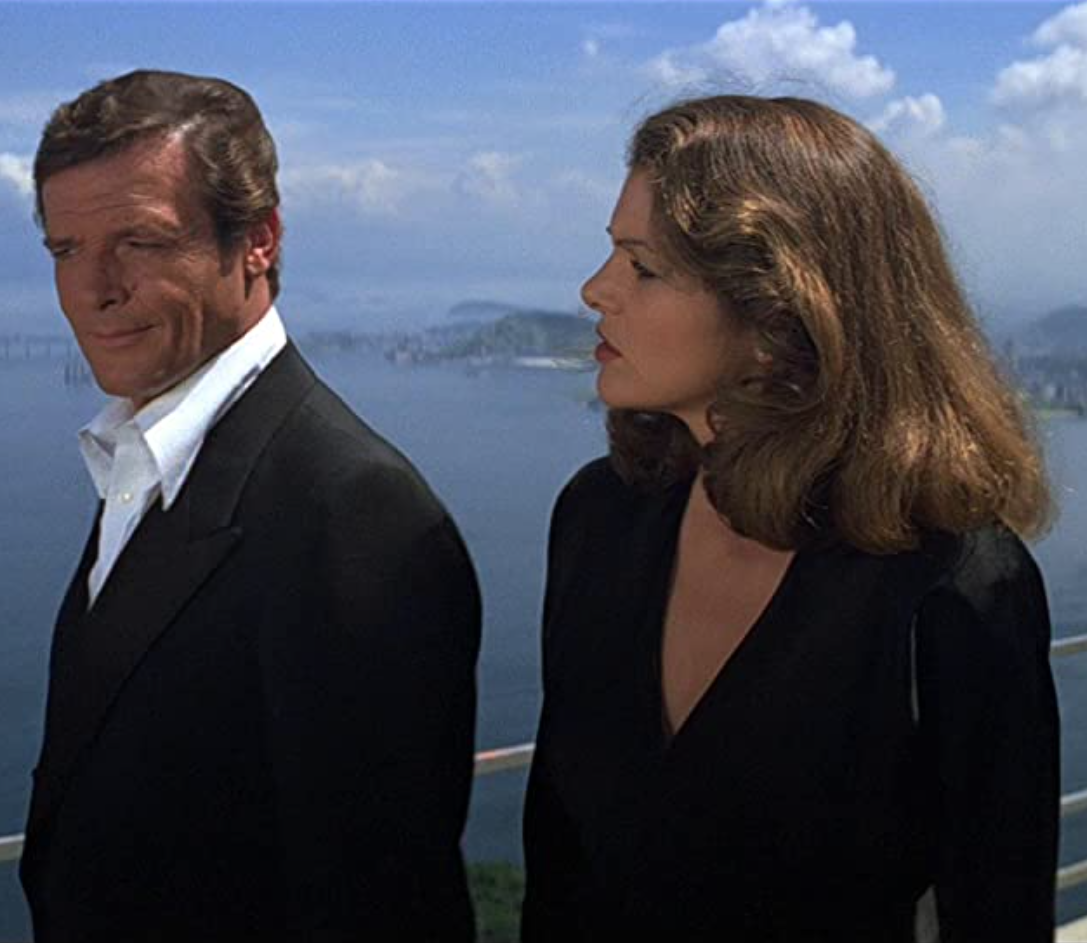
Unfortunately Chiles’ cameo was cut from the film’s US release, though she has since taught an acting course at the University of Houston in 2002 and appeared in the season 5 finale of CSI: Crime Scene Investigation (2002).
[rtk_adunit_bottom]
14. Seth Green approached the film like a drama
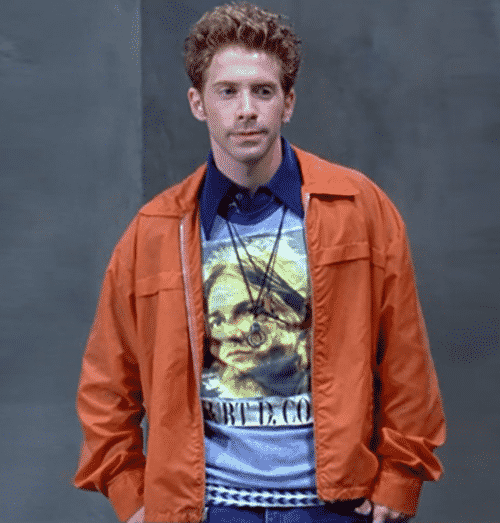
By 1997, Seth Green was just hitting the big time. He’d starred in several TV shows and commercials, but it was his turns as Daniel ‘Oz’ Osbourne in cult Whedon hit Buffy the Vampire Slayer (from 1997-2000) and Chris Griffin in Family Guy (1999-) that made his name – and, of course, not forgetting his role as Dr Evil’s son, Scott Evil, in the Austin Powers trilogy.
[rtk_adunit_top]
Scott, seemingly inured to the bizarro antics of his father and definitely looking out of place, is a minor character but undoubtedly has some of the most laugh-out-loud moments in the film, owing to his absolute sincerity and deadpan delivery.

Playing Scott Evil in such a dry way was a deliberate choice by Green, who, at the time of receiving the script, was playing Bobby in the David Mamet play American Buffalo (1975, produced in 1996). Focusing on greed, flaws in moral character and burglary, it’s fair to say that the play is about as far from Austin Powers as you can get.
[rtk_adunit_middle]
Because of the play, Green has said, “my head was in a spot about actor preparation, and all of my thoughts in respect to this character were to play it deeply sincere. I thought that would be funniest next to Mike’s broad character. If you look at me in the movie, I am in a drama.”
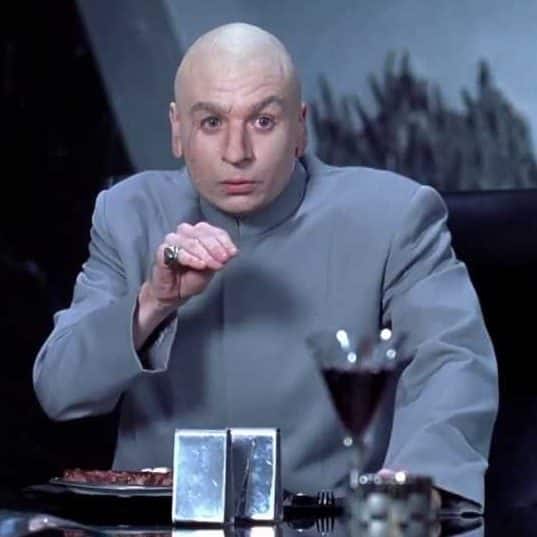
It really is hilarious to see Dr Evil so dismissive of his son’s angst, and it turns out that the scene where he shushes Scott was improvised: Myers started doing it out of the blue, leading to filming being delayed by half a day to recapture the scene from all angles, but it was worth it!
[rtk_adunit_bottom]
13. There are references to other movies galore
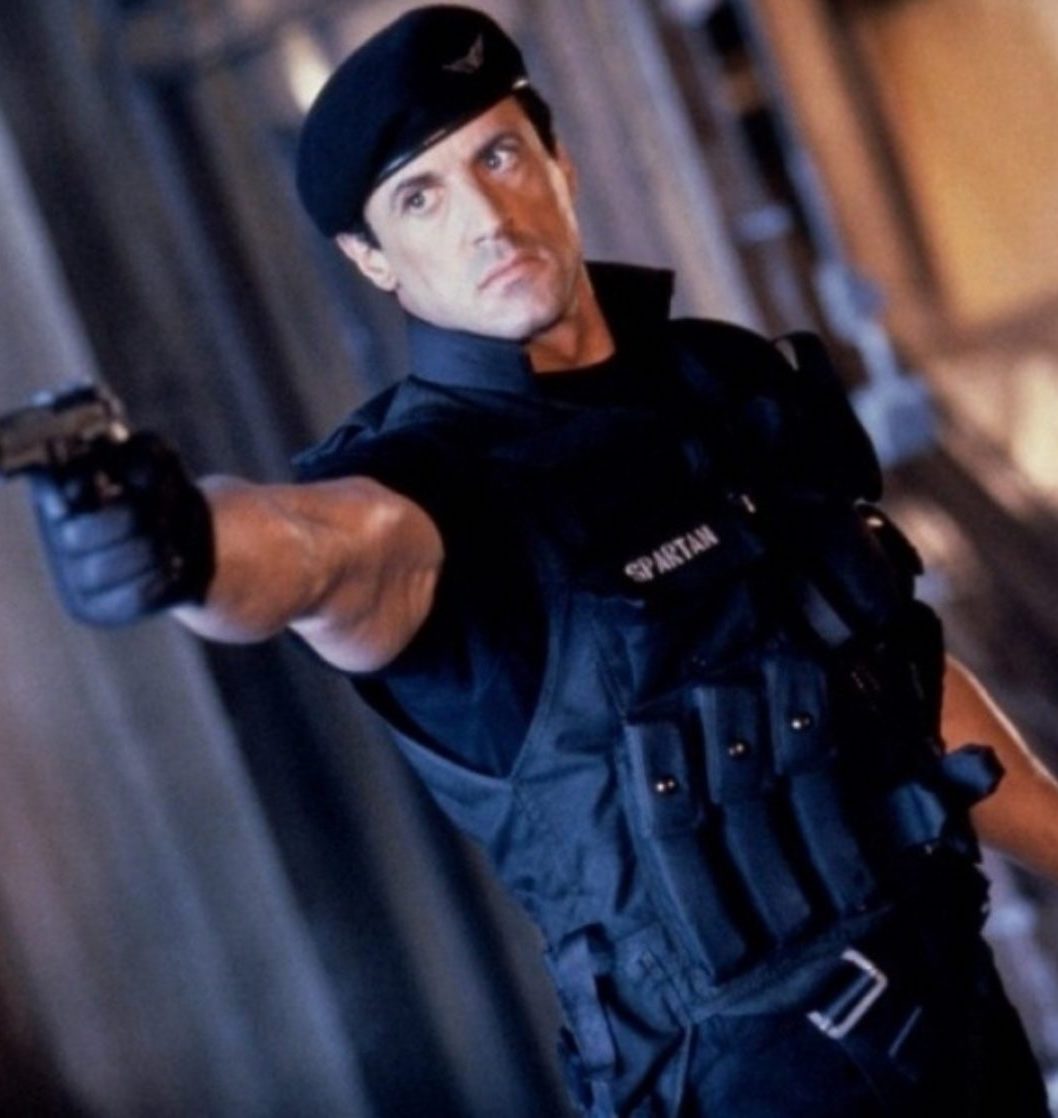
As well as spoofing the James Bond films in a whole host of ways (“Do you really expect them to pay?” “No, Mr. Powers, I expect them to die.”) the film is full of parodies and references to other famous films, including Demolition Man (1993).
[rtk_adunit_top]
The film, starring Sylvester Stallone as a renegade police officer and Wesley Snipes as his serial killer nemesis, sees the two men cryogenically frozen in ‘California Cryo-Penitentiary’ after a botched hostage situation. Thawing out in the far-flung future of 2023, Stallone must bring Snipes to justice before he brings chaos to the new mega metropolis of San Angeles. It’s an awful lot more serious than Austin Powers, but the cryogenic connection is hard to deny.

Unsurprisingly, the futuristic ‘Fembots’ draw their inspiration from a variety of sci-fi productions, including two episodes of The Bionic Woman (1976) and – in a shot that directly references Blade Runner (1982) – a Fembot puts Austin Powers in a headlock in much the same way that the replicant Priss does to Rick Deckard in Ridley Scott’s dystopian classic.
[rtk_adunit_middle]
There’s even a sneaky reference to the iconic Dustin Hoffman picture The Graduate (1968). In the scene where Alotta Fagina is about to seduce Powers, the way her arm is framed in the shot replicates the famous seduction scene from the Mike Nicholls film.

As is the case with film references, Austin Powers: International Man of Mystery is itself referenced in several other films, ranging from US Marshals (1998), Dr Dolittle (also 1998) and even Spy Kids (2001).
[rtk_adunit_bottom]
12. The director got a year’s free subscription for featuring AOL in the film

Nowadays, the whole internet is at our fingertips – and not only are our phones wireless, but they’re even connected to the cloud, so you can access great sites anywhere. In the 20 or so years spanning the mid-eighties to the mid-noughties, however, things worked a bit differently.
[rtk_adunit_top]
For one thing, the internet was a subscription service provided by America Online (now known simply as AOL). You’d purchase the software, normally on a hip and trendy floppy disk, install it over the course of the next four days or so – kidding! – but you’d have to pay a monthly fee if you wanted it to do anything.

With internet access becoming a more and more valuable commodity, and with subscription costs rising with demand, consumers were keen to find ways to keep their costs down while still being at the forefront of the new digital world. But of all the life hacks for getting fast internet, directing a feature-length comedy seems a little overblown.
[rtk_adunit_middle]
America Online famously features in Austin Powers: International Man of Mystery, in which the eponymous spy has to get to grips with modern technology. For someone transported out of the 1960s, the idea of a world wide web is certainly a difficult one to wrap his mind around. However, director Jay Roach wasn’t going to let AOL get free advertising in what would become a smash hit film.
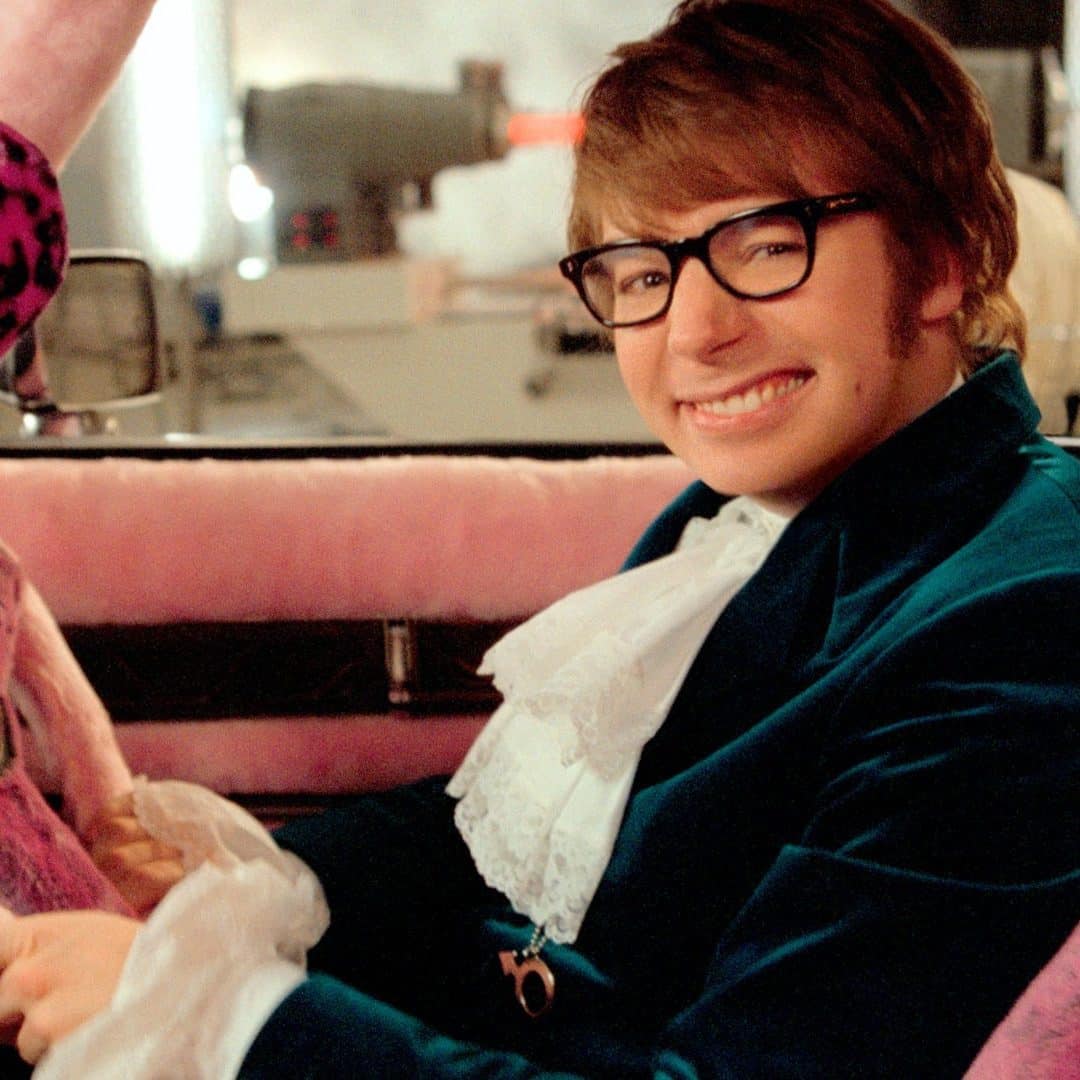
Instead, Roach demanded that he be given a year’s free subscription to America Online in return for the product being featured in the film. AOL has since been subsumed into Verizon Media, which was valued at over $229.1 billion in 2018.
[rtk_adunit_bottom]
11. Austin Powers started out as a member of a faux-60s rock band

It’s not much of a secret – you only need to watch Wayne’s World to realise that Mike Myers is really into music – but did you know that Austin Powers is actually part of a band? Even better, it has some serious musical credentials, and is technically still active to this day.
[rtk_adunit_top]
From 1989-95, Mike Myers starred on the weekly sketch comedy classic Saturday Night Live, and created sketches like Wayne’s World which were successfully adapted for film. Following the end of his time on the show, however, Myers formed a band with Matthew Sweet and Susanna Hoffs – a co-founder of LA pop-rock band The Bangles.

The band, Ming Tea, would have a faux retro-mod image, and all the band members adopted fictional 1960s-style personae. For example, Sweet became Sid Belvedere, Hoffs became Gillian Shagwell – and Myers, of course, became Powers. Hoffs is married to Jay Roach, who would go on to direct Austin Powers’ cinematic debut.
[rtk_adunit_middle]
Unsurprisingly, the band has featured in each successive soundtrack for the Austin Powers films, performing BBC in the end credits for International Man of Mystery, and Daddy Wasn’t There in Goldmember, which was also included in the film itself.
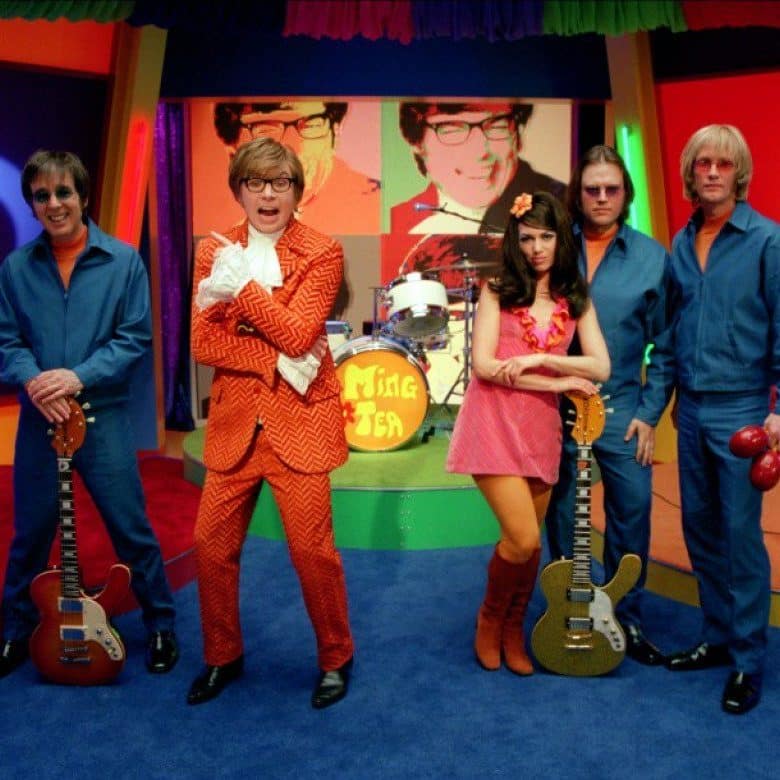
Hoffs has stated that the rather strange name derives from a 1960s Ursula Andress film, The 10th Victim (1965), in which Andress plays an assassin who kills as TV entertainment, and for doing so is sponsored by the Ming Tea Company.
[rtk_adunit_bottom]
10. Dr Evil is partly based on Saturday Night Live creator Lorne Michaels

As mentioned, Myers performed on Saturday Night Live through the early 90s, which was also where he met his Wayne’s World co-star and frequent collaborator Dana Carvey, who was on the show from 1986 to 1993.
[rtk_adunit_top]
Among his impressions, Carvey is best known for his performances as George HW Bush, the US president from 1988-1992, as well as an appearance as independent presidential candidate Ross Perot when Bush was running for re-election. However, as many SNL alumni inevitably do, Carvey also honed an impression of show creator and producer Lorne Michaels.

Carvey claims that Myers’ performance as Dr Evil was filtered through the lens ofhis impression of Lorne Michaels, though it’s disputed whether or not Myers created the impression independent of Carvey.
[rtk_adunit_middle]
“The Dr. Evil voice is a little bit Lorne Michaels, there are no two ways about it,” Myers has said, “but there is a lot more Donald Pleasence [who played Ernst Stavro Blofeld in 1967’s You Only Live Twice] in there than Lorne. Lorne has a pinky thing, but he doesn’t do it anymore.”
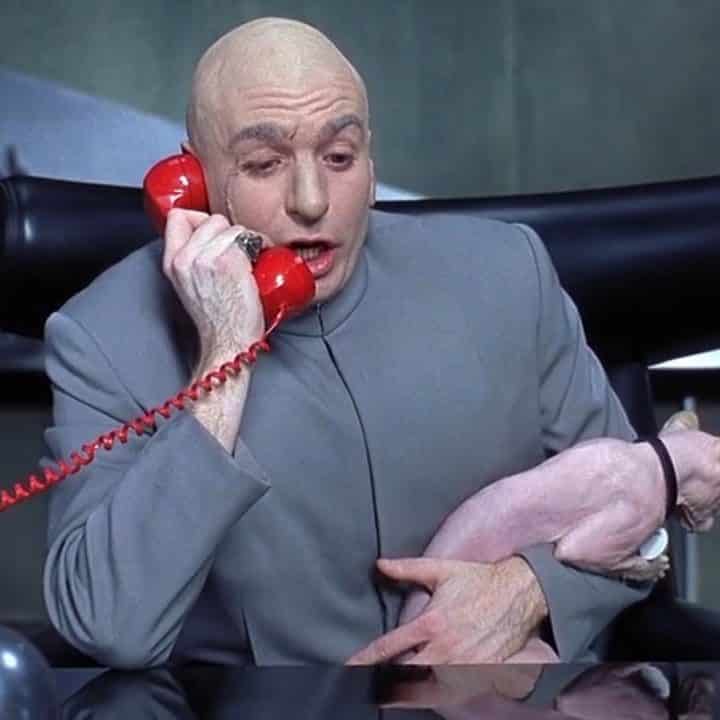
Carvey would go on to release a spy spoof of his own, The Master of Disguise, which opened alongside Goldmember in 2002. The comparison was not favourable to Carvey and – despite middling box office returns – the film has been ranked as one of the worst of all time. For a flavour of why that might be: Carvey’s character is called Pistachio Disguisey.
[rtk_adunit_bottom]
9. Myers chose to make an Austin Powers movie over a third Wayne’s World
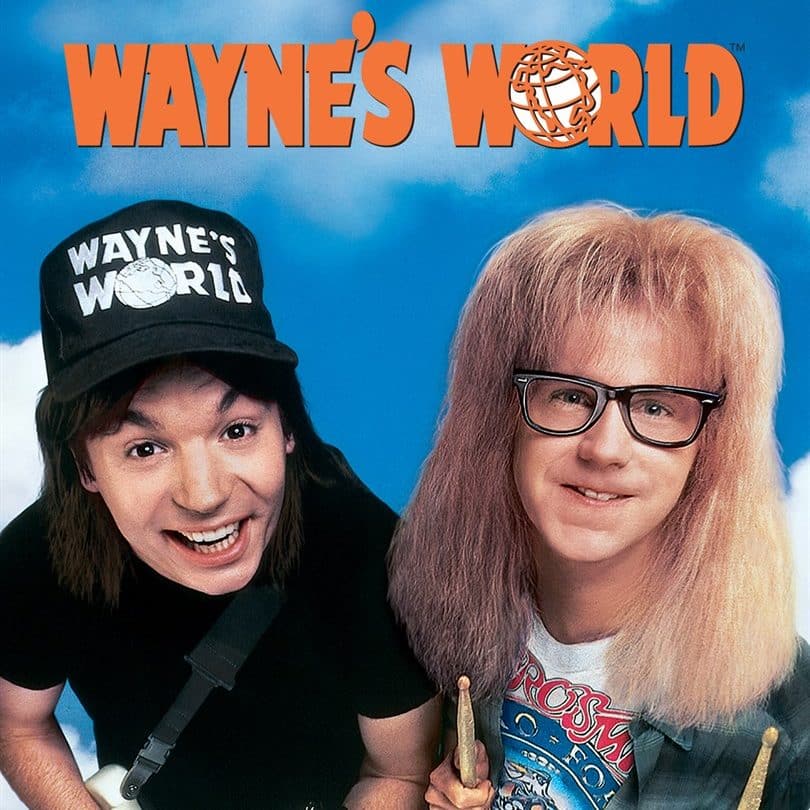
It almost goes without saying, but Wayne’s World was a huge success. Grossing $183.1 million from an initial budget of $20 million, it was both a critical and commercial darling, being Certified Fresh on Rotten Tomatoes and still ranking as the best performing film adapted from an SNL skit. In fact, it far outstrips its nearest competition in that regard, The Blues Brothers (1980), which grossed around $115 million.
[rtk_adunit_top]
Given the film’s somewhat surprising success, a sequel was hastily green-lit, and Wayne’s World 2 was released the following year, though the reception the second time around was markedly less enthusiastic. While still achieving a generally positive score and making a mild profit ($48.2 million from a $40 million budget), the film struggled against other titles released over the Christmas of 1993, including Schindler’s List and Mrs Doubtfire.
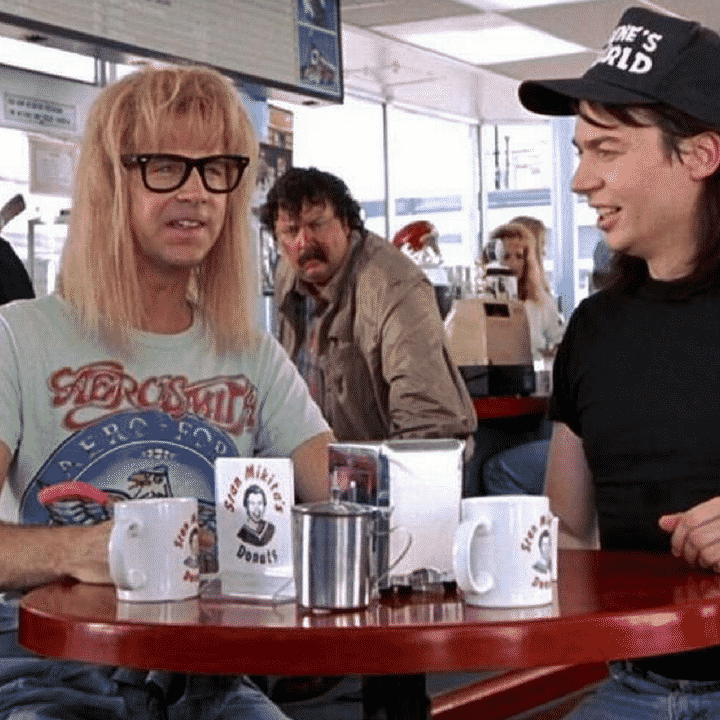
So the fate of a mooted Wayne’s World 3 certainly hung in the balance. Ultimately, Myers instead opted to focus on completing his SNL run and developing his 60s spy character which would, of course, become Austin Powers, and it’s possible that Myers’ new project meant Wayne’s World 3 might have been shelved permanently.
[rtk_adunit_middle]
However, it isn’t all just a case of creative energies – the production of Wayne’s World 2 had been beset with difficulties. Director Penelope Spheeris had been replaced after a long-running feud with Myers, including with the latter reportedly storming off set after there wasn’t enough margarine for his bagel, and amid arguments over the final cut of the film.

Whether it was financial, creative, or personal, it seems like Wayne’s World isn’t coming back, but it definitely seems like the shiny new object of Austin Powers helped Mike Myers leave his breakthrough series behind.
[rtk_adunit_bottom]
8. The film is obsessed with making Beatles references

In the 60s, Beatlemania was just that – manic. In 1963 in particular, The Beatles first made it big in America, and the film in which they starred – A Hard Day’s Night (1964) – grossed an incredible $12,299,668 from a minuscule budget of $189,000. While it’s predominantly a caper comedy with heavy emphasis on the music, the film influenced several late 60s spy films, so it’s not exactly astonishing that references to Beatlemania feature prominently in Austin Powers.
[rtk_adunit_top]
For one thing, the opening of A Hard Day’s Night – in which the Fab Four evade a horde of screaming fans by boarding a train – is effectively remade in the opening of International Man of Mystery, in which Powers similarly has to run away from a swarm of women.

More interestingly, however, is the small reference to a particular Beatles song – so small that you might have missed it. As Dr Evil is purging his minions, we get to see their names on the dashboard with which he drops them into fiery pits. Those ejected are: Generalissimo, Jürgen, Don Luigi, and the innocuously named Rita, dressed as a meter maid.
[rtk_adunit_middle]
The character is a reference to the song Lovely Rita from The Beatles’ seminal album Sgt Pepper’s Lonely Hearts Club Band (1967), which is a curious blend of British and American culture (which, incidentally, could describe Myers himself). The song concerns a narrator complimenting a traffic warden, inspired by a failed sweet-talking of a warden by Paul McCartney outside Abbey Road Studios.
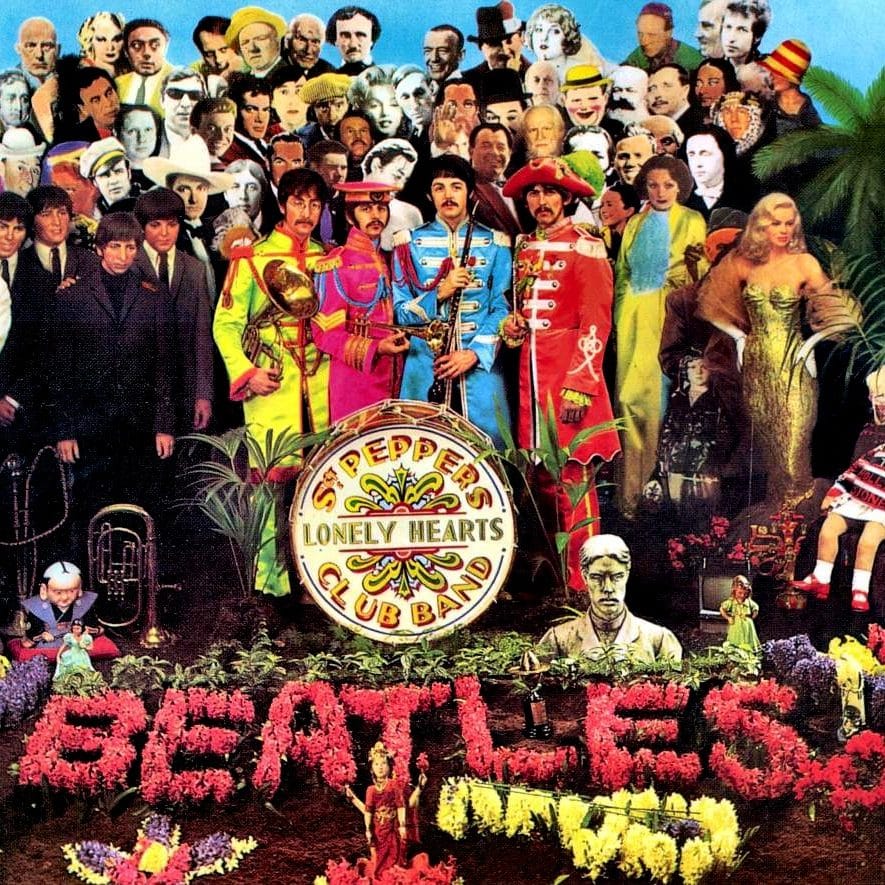
The culture blend is in the fact that the term ‘meter maid’ was seldom used in Britain until made popular by the song. In Austin Powers, the joke is in traffic wardens regularly being seen as evil, but the story behind the character’s inclusion does prove sweet.
[rtk_adunit_bottom]
7. The plot was lifted from a 60s British TV series
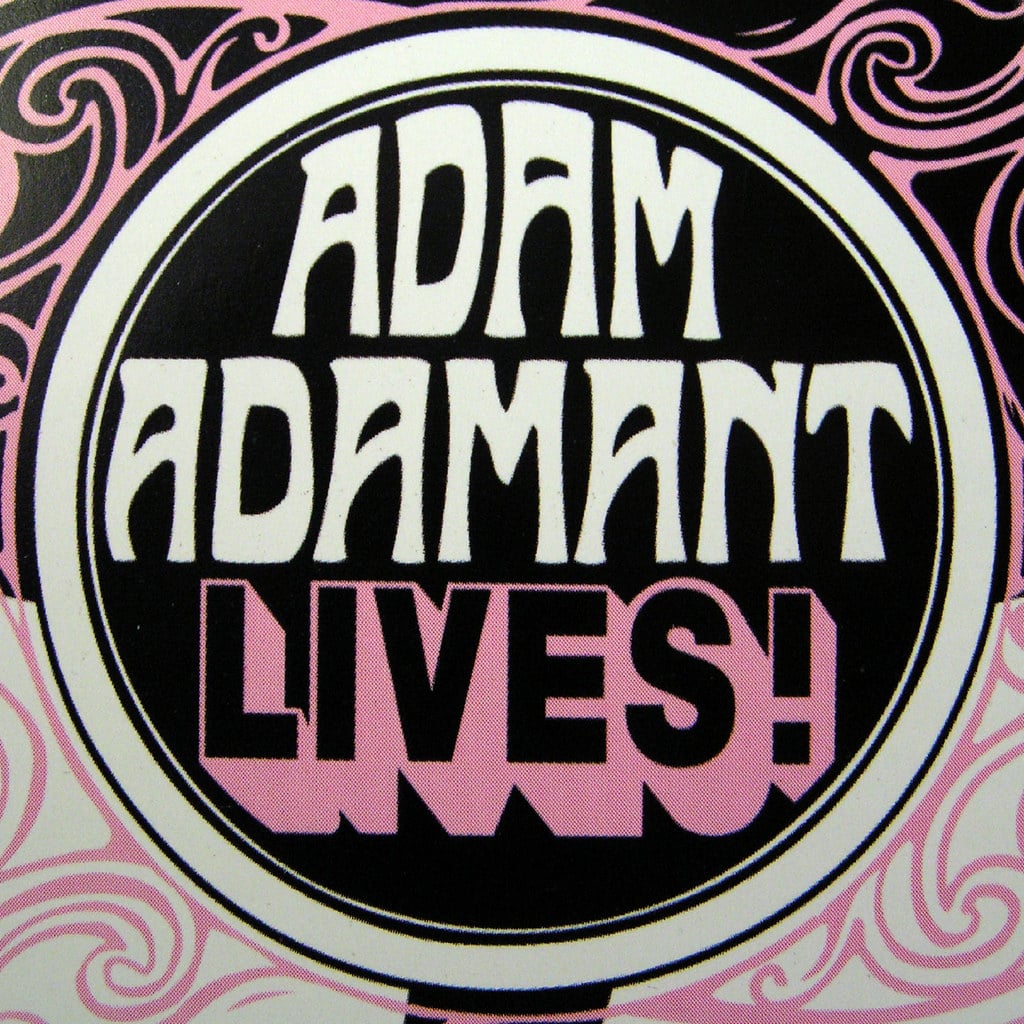
While James Bond remains the primary influence, Austin Powers: International Man of Mystery draws much of its concept from a much less well known British production. Similarly to how the Austin Powers series spoofs the 1960s from the ivory tower of the 1990s, the series in question is a satire of the same era – but from a very different angle.
[rtk_adunit_top]
Adam Adamant Lives! is a BBC 1 show that first aired between 1966 and 1967, comprised of two series and starring the theatre actor Gerald Harper. It sees the fictional Victorian-Edwardian gentleman adventurer Adam Llewellyn De Vere Adamant frozen in time by his nemesis and thawing out in what was then modern Britain.

Adamant rebuilds his house on its original site, though it has since become a multi-storey car park, so his house can only be accessed by a lift hidden behind a sliding wall. He owns a plush Mini Cooper S, a cane with a sword in it, and – needless to say – a whole lot of derring-do.
[rtk_adunit_middle]
In the second series, it is discovered that Adamant’s nemesis, known only as The Face, also froze himself – for some reason – and has returned to wreak havoc on London. Ultimately, the series was cancelled due to fierce competition from the 1960s TV series of The Avengers (1961-69, no relation to the Marvel behemoth) which deployed a similar concept.
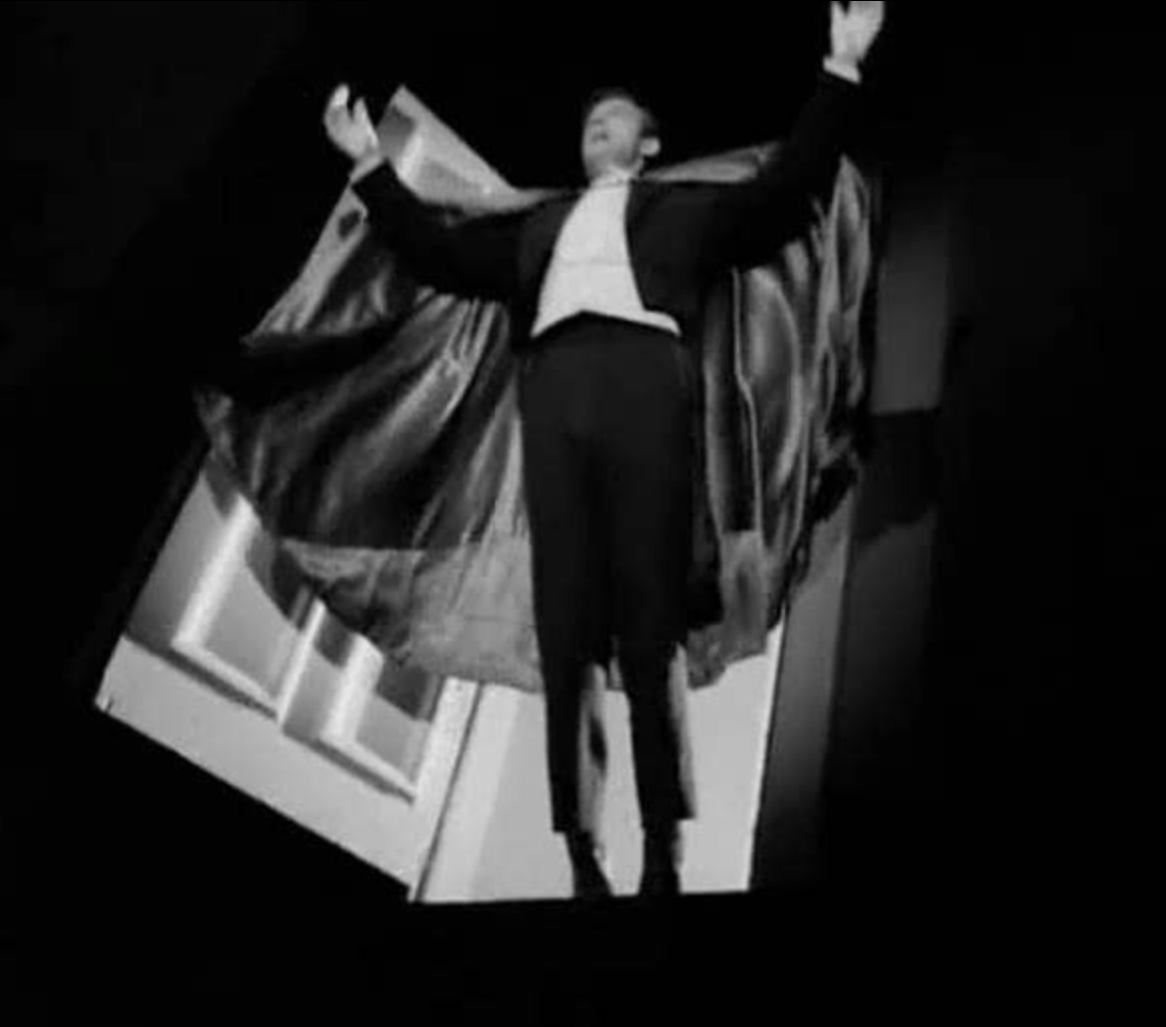
While it may seem too niche to have influenced Austin Powers, it’s worth remembering that most of the Powers mythology is drawn from 60s British TV; it was certainly popular at the time, and reasons for its cancellation stemmed more from producer Sydney Newman’s dissatisfaction rather than low ratings.
[rtk_adunit_bottom]
6. There could have been an entirely 60s-set prequel

After the success of International Man of Mystery and its sequels, Myers considered a fourth film, which would have served as a prequel and seen Powers and Dr Evil facing off back in the 60s, well before their post-cryo escapades.
[rtk_adunit_top]
While rumours of a fourth Austin Powers film have been floating around for years, there’s good reason to believe that this one very nearly came to fruition. For example, Myers has discussed on several occasions how much the 60s stylings of Powers were influenced by the 1967 version of Casino Royale, starring David Niven, Peter Sellers and – for all the Ming Tea fans out there – Ursula Andress.
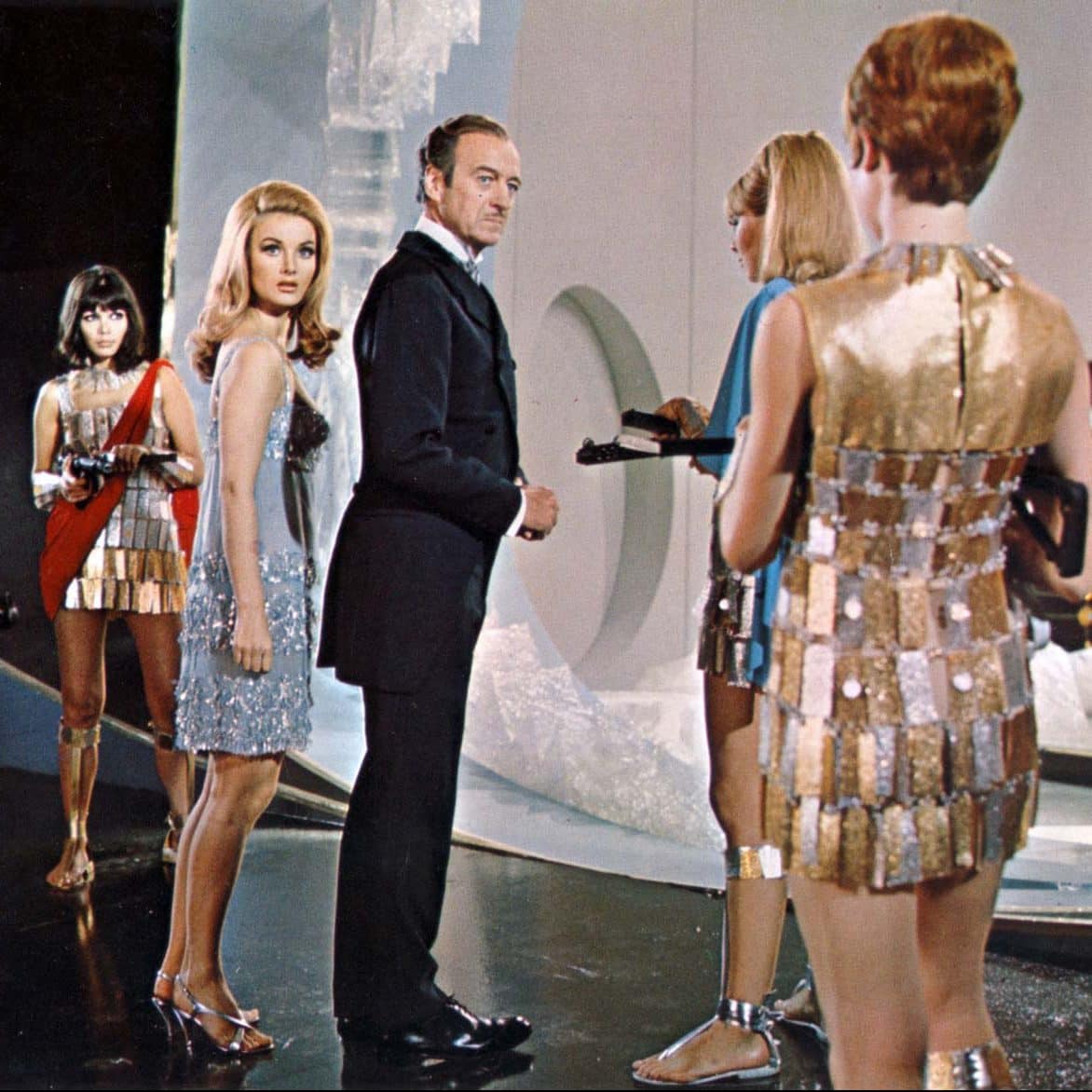
Not to be confused with the straight-faced and Daniel Craig-starring 2006 version, the 1967 film was initially set to be produced as a ‘true’ Bond film by Eon productions, but, after negotiations fell through, Charles Feldman resolved to produce the film as a satire of the Bond franchise’s heyday. The film was tepidly reviewed but cashed in on the Bond name, allowing for one of the highest-grossing domestic performances of the year.
[rtk_adunit_middle]
Nowadays, the film is most famous for its Oscar-nominated original song The Look of Love by Burt Bacharach and sung by Dusty Springfield. Both the song and Bacharach feature in International Man of Mystery.

Mike was very kind and had always been appreciative of my music, apparently,” said Bacharach of the film. “His father had been a fan of my music, too. So he told me about this idea with Jay about shooting in Vegas and putting a piano on a double-decker bus, and you just say yes to something like that.”
[rtk_adunit_bottom]
5. Myers convinced the studio to let his friend direct
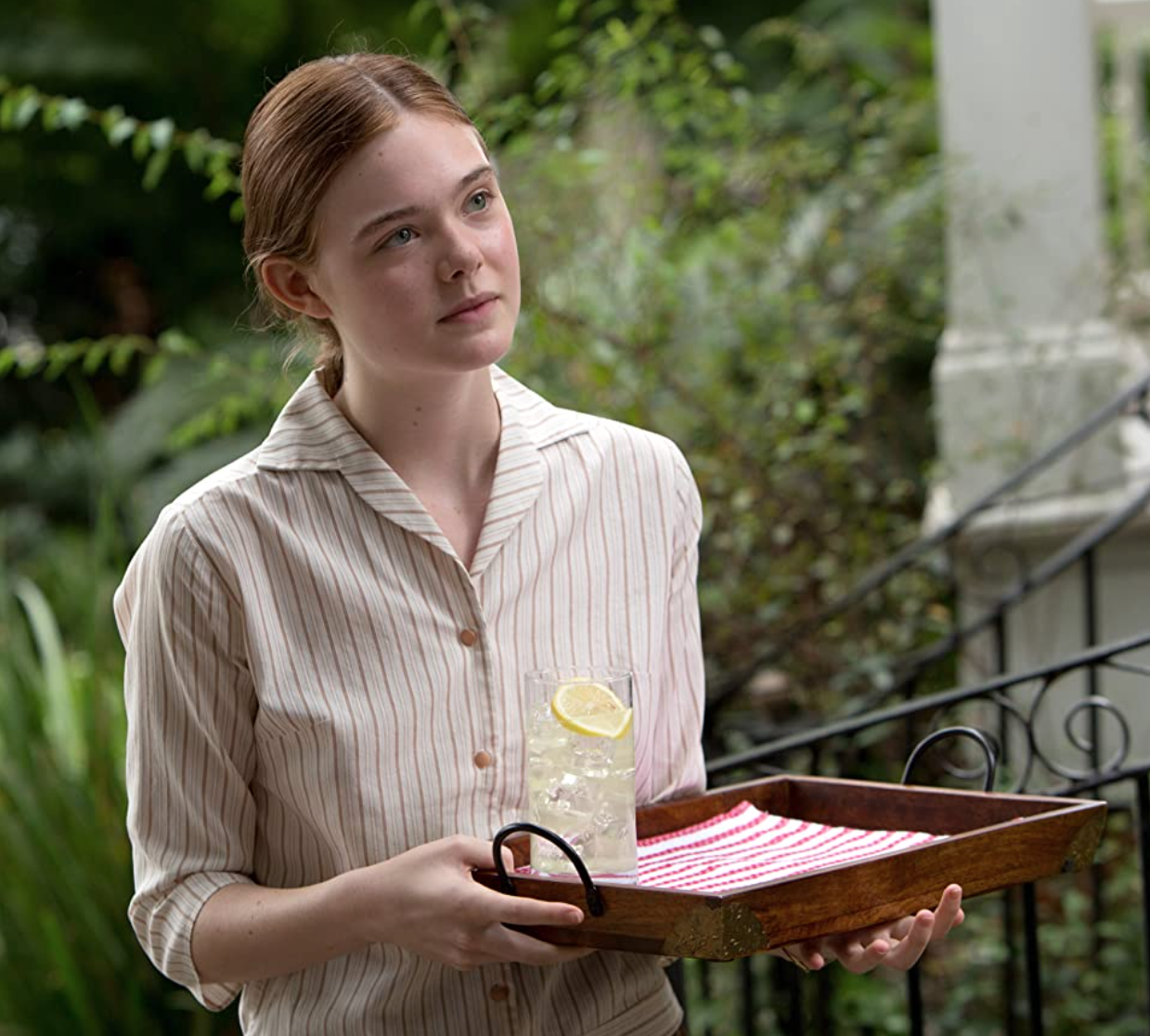
Before Austin Powers, Jay Roach wasn’t exactly a household name – and maybe, despite his successes with the series and with Meet the Parents (2000), he still isn’t. But he had married Ming Tea and Bangles guitarist Susanna Hoffs, and was a good friend of Myers, so he was brought in. Well, it wasn’t quite that simple.
[rtk_adunit_top]
While Myers had more leverage over his films after the success of Wayne’s World, he didn’t quite have his pick of director. In fact, Austin Powers had some difficulty being picked up by a studio in the first place; then, when it found a home at New Line, there was an overwhelming sense that this was a risky venture. The kind of venture, in other words, that you wouldn’t be keen to attach a no-name director to.
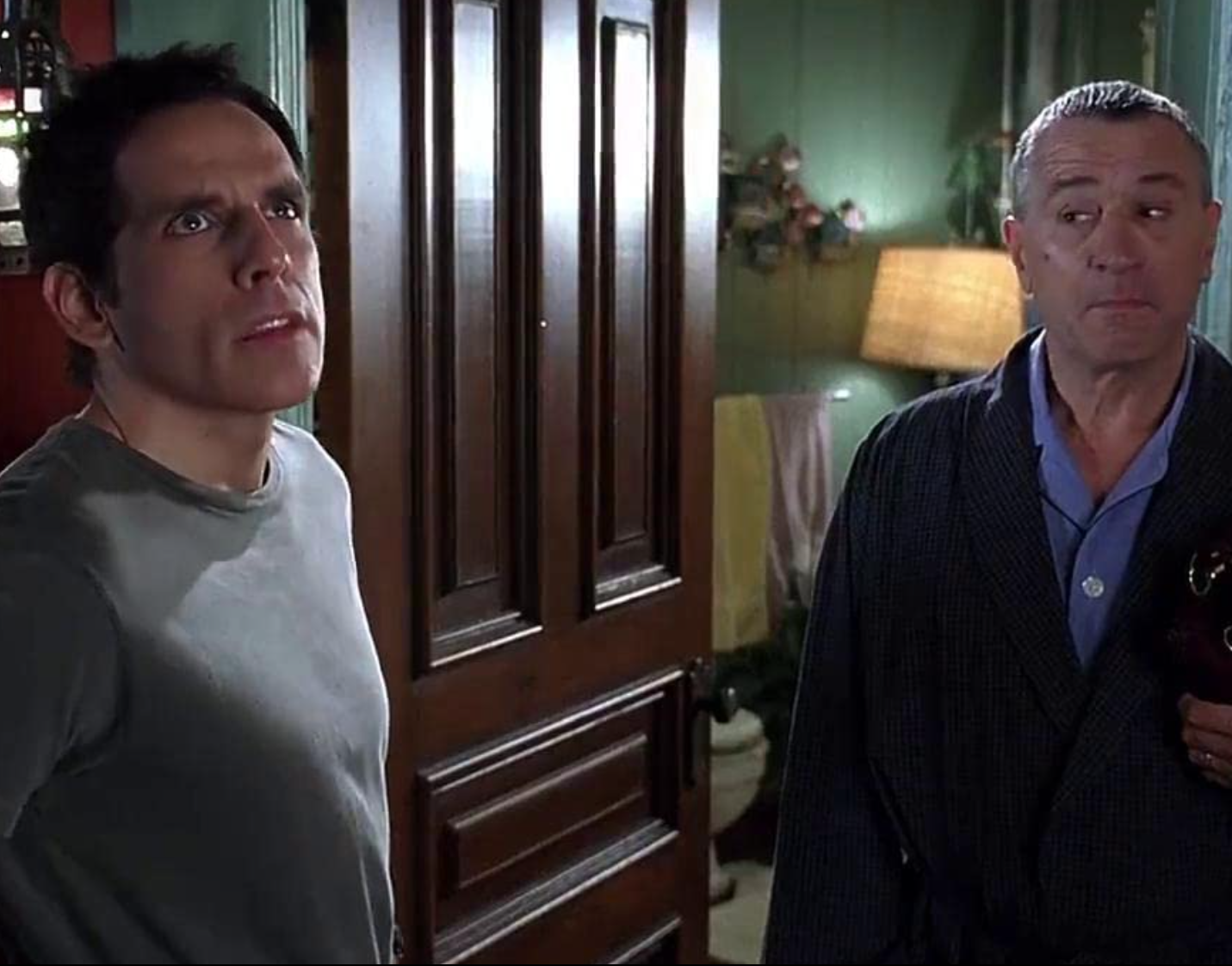
As per Roach, “Mike goes, ‘Actually, I already put you up for the job.’ And in a big room with lots of people, [founder and former CEO of New Line Cinema] Bob Shaye, rightly so, said, ‘Who are you? We’re not just going to hire Mike’s buddy.'”
[rtk_adunit_middle]
Michael de Luca, the president of New Line at the time, was even more sceptical after having watched Roach’s directing reel. “[It] was bizarre. It just wasn’t a good reel. It was very low-rent. But he came in and spoke about the movie and looked us in the eye and gave us his vision. And that is what got him the job.”
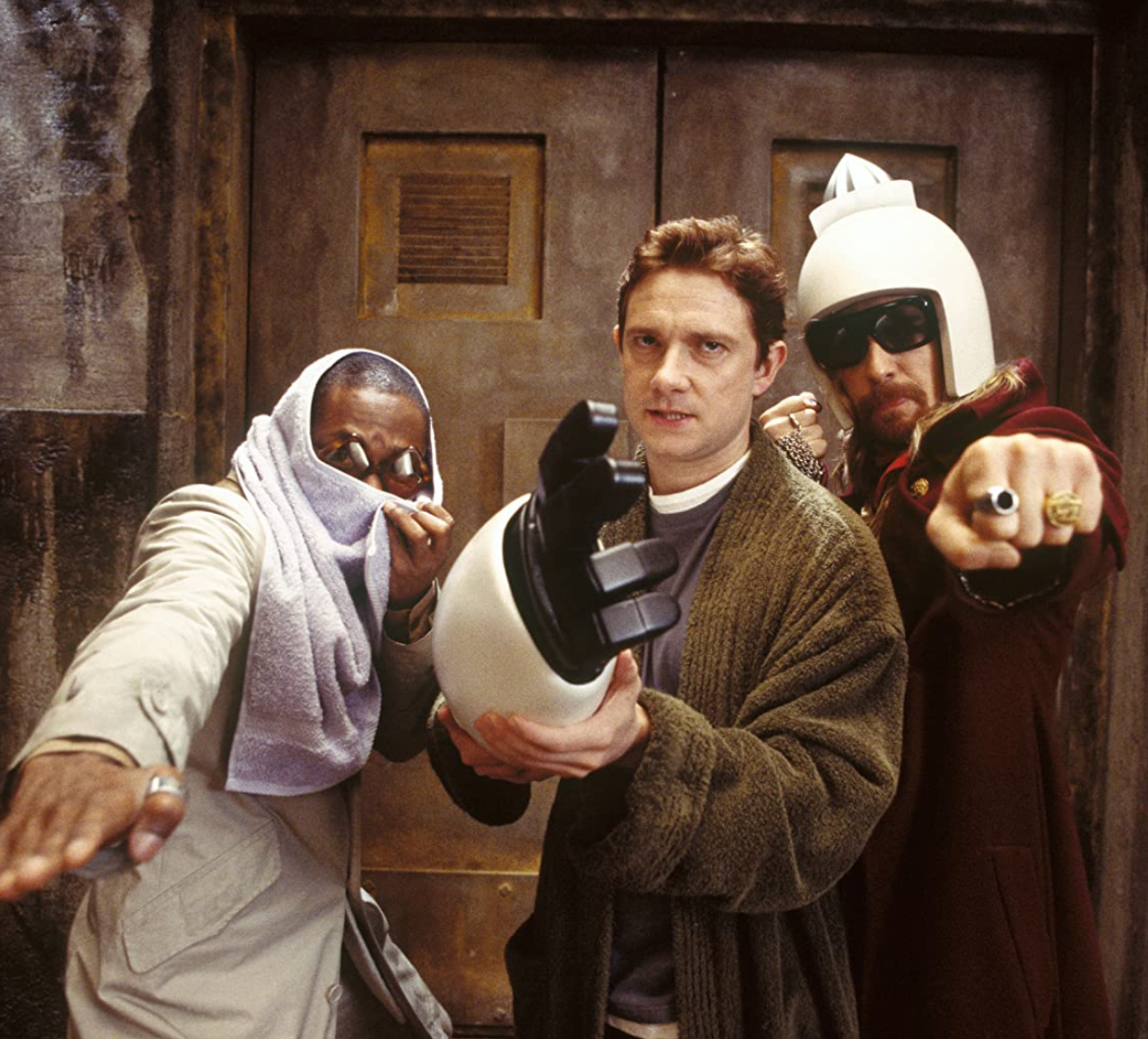
Since the Powers trilogy, Roach has also directed the biographical drama Trumbo (2015) and the soon-to-be-released Bombshell (2019) about the sexual assault crisis at Fox News.
[rtk_adunit_bottom]
4. It was a DVD phenomenon
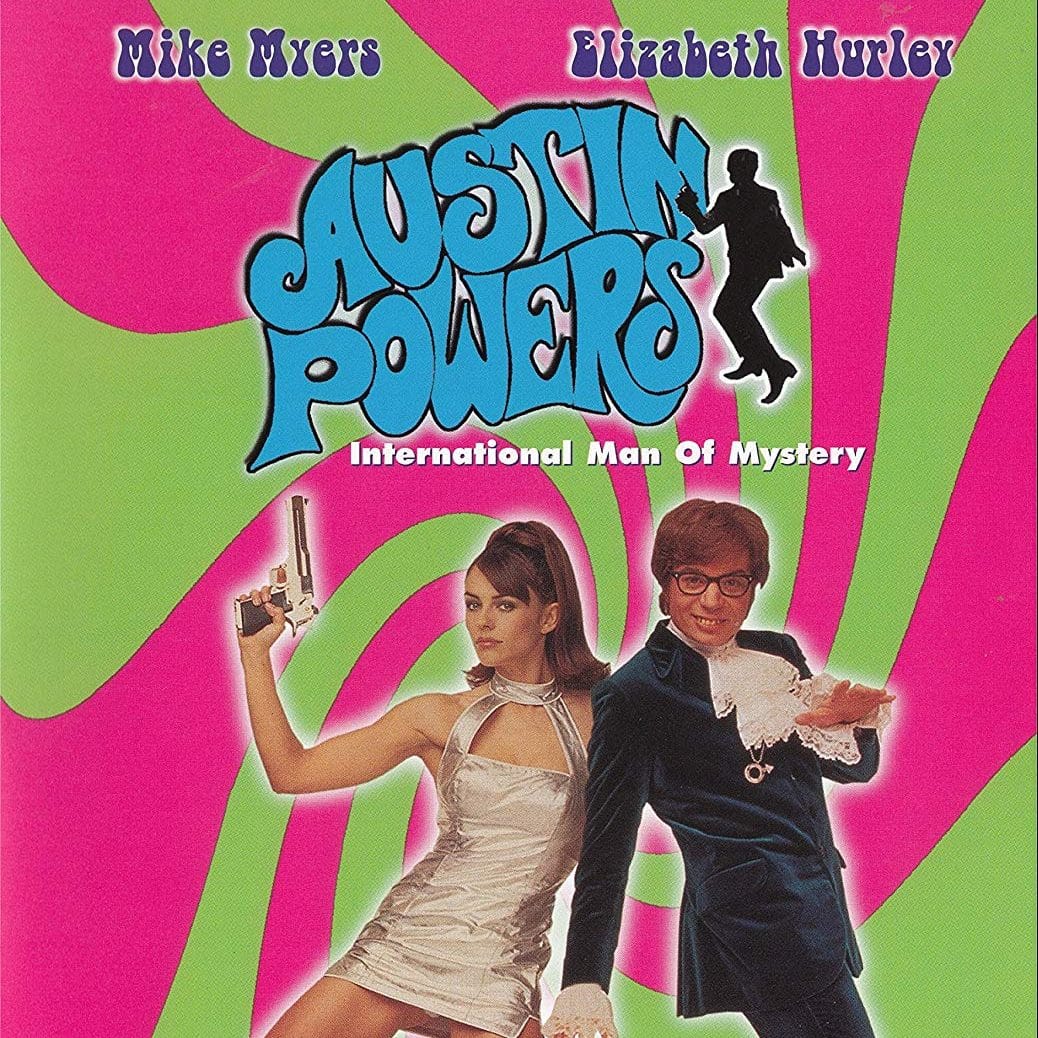
While Austin Powers is a staple of the cultural landscape today, the first film wasn’t quite the smash hit you might think. It performed well in US theatres, making $53.9 million from an initial budget of $16.5 million, though it under-performed overseas – for a reason we’ll get to in a moment. Because of its therefore fairly low worldwide revenue, the film has sometimes been regarded as a flop.
[rtk_adunit_top]
On the plus side, Jay Roach had cemented himself as a safe pair of hands in the director’s chair, particularly for comedies, and he’s noted that “we didn’t go a penny over budget or over schedule.”
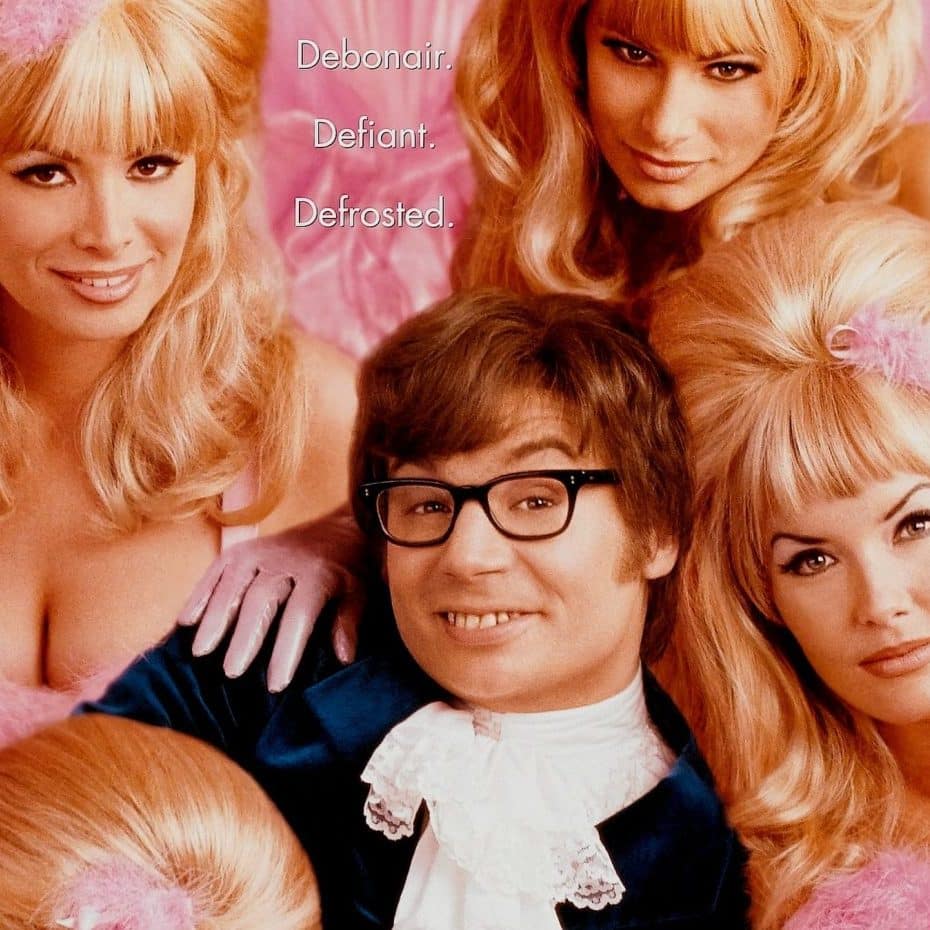
However, while the box office performance was – relatively speaking – middling, Austin Powers: International Man of Mystery became an absolute colossus in the realm of a particularly late-90s innovation: the DVD.
[rtk_adunit_middle]
The film was already performing well on VHS, due to good word-of-mouth from those who had managed to see it in theatres, as well as being packaged with deleted scenes (which, will ubiquitous now, was something of rarity at the time).

The first Austin Powers movie was one of the first to ever be released on DVD and, with its combination of eye-popping colour – now better defined on DVD – and smutty humour, the stage was set for its sequel to gross a massive $312 million worldwide, more than five times as much as the first film.
[rtk_adunit_bottom]
3. The nude scene was shot in the Scientology Centre

It’s one of the most famous scenes of the film, and one that for a time earned the film an R rating – but did you know the scene in which Austin Powers and Vanessa Kensington (Elizabeth Hurley) are nude was filmed in the Scientology Centre?
[rtk_adunit_top]
“That nudity-blocking scene with Mike and Elizabeth,” said Jay Roach. “I shot 25 takes of that. We kept thinking it had to play out continuously, so I just kept shooting until there was a take that every single thing lined up perfectly. It was a hilarious scene, but it was actually really stressful because we were starting to feel like we may never get it.”
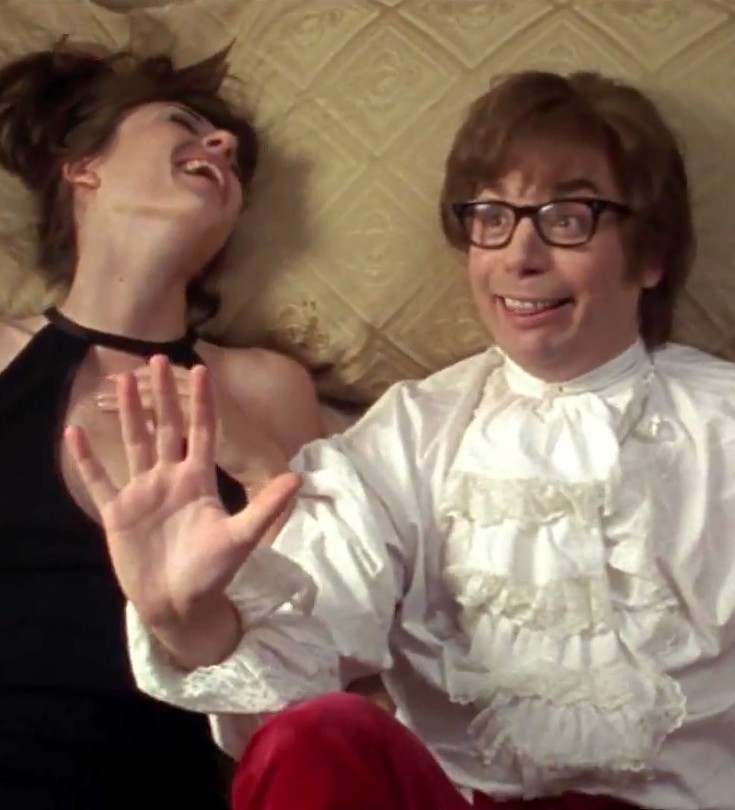
“Bizarrely, we shot it in the Scientology Celebrity Centre in L.A.,” Hurley has commented. It took a whole day, as it was one continuous take. Mike and I were nude but covered with little bits of red sticky tape. We all knew each other so well by then, so we weren’t self-conscious.”
[rtk_adunit_middle]
The reason for the red tape – despite the comfort between the actors themselves – was because there were photographers on set, and the crew were worried that they would sell nude images of Hurley to the press. Oddly, there were no such worries for Mike Myers.
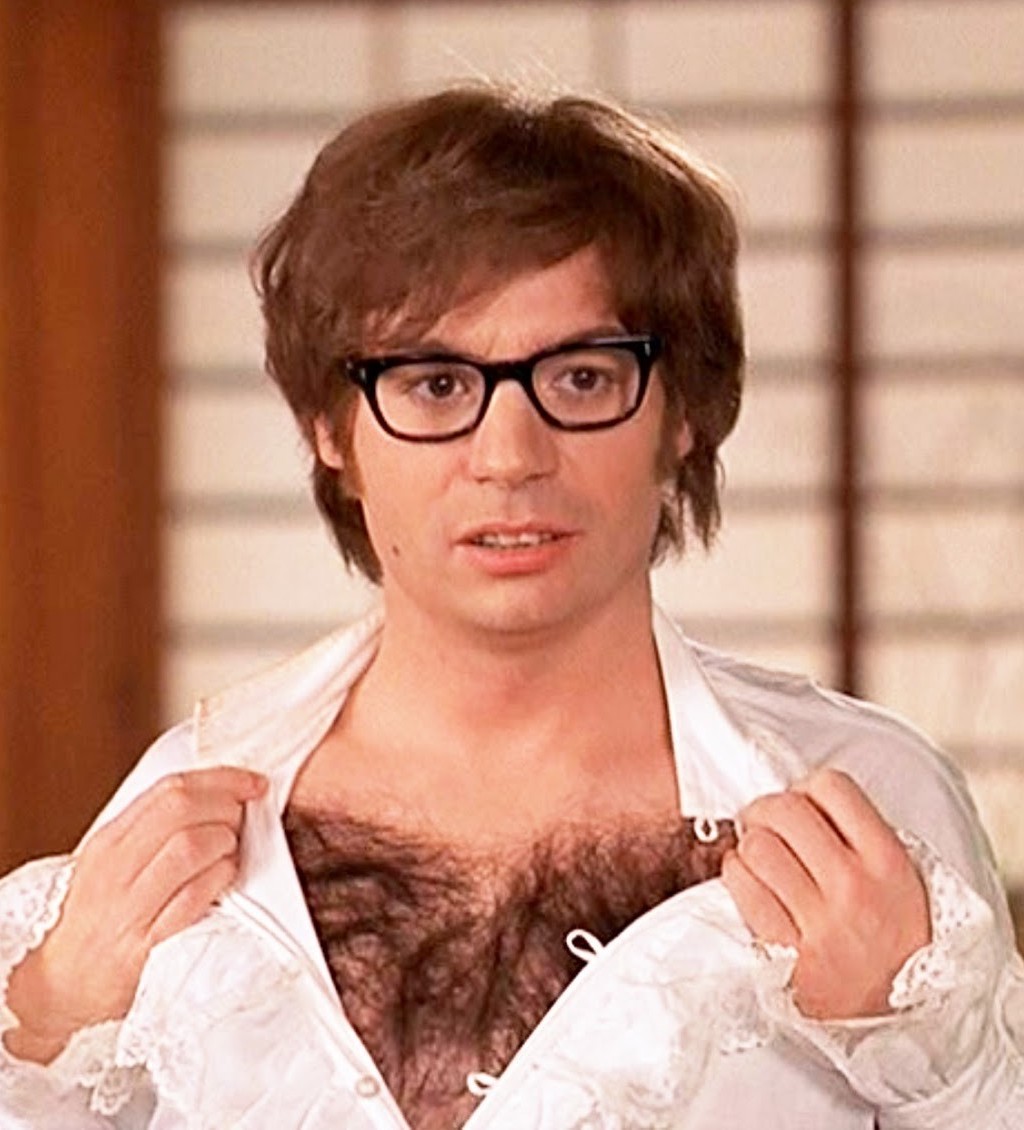
According to the Church of Scientology, so-called ‘Celebrity Centres’ were set up predominantly to entice “artists, politicians, leaders of industry, and sports figures” to join the church, with the centre in Los Angeles the first to be established in 1969. We’re not sure if the Scientologists found the nude scene particularly groovy; they may simply have been trying to convert Mike Myers to their cause through their goodwill. Mimi Rogers, who played Vanessa Kensington’s mother in the film, was part of the Church of Scientology at the time.
[rtk_adunit_bottom]
2. Princess Diana’s death caused the film to bomb overseas

The history of film is bizarre and unpredictable, but it’s true: not only is the first Austin Powers film connected to the Princess of Wales, but her death nearly put cinema’s most shagadelic franchise to bed for good.
[rtk_adunit_top]
“Gentlemen, I have a plan,” says Dr Evil after thawing from cryo-sleep. “It’s called blackmail. The Royal Family of Britain are the wealthiest landowners in the world. Either the Royal Family pays us an exorbitant amount of money, or we make it look like Prince Charles, the heir to the throne, has had an affair outside of marriage and, therefore, they would have to divorce.”

Intended as a riff on how out-of-touch Dr Evil now is, and how much has changed while he’s been frozen, this was a line that hit the mark when the film released in the US in May of 1997, and Austin Powers: International Man of Mystery made a respectable domestic gross. Unfortunately, however, the intervening months created something of a problem for the team behind the James Bond spoof.
[rtk_adunit_middle]
Princess Diana was killed in a car crash in late August, and Austin Powers hit UK cinemas on September 5th, and met a nation – and, indeed, the world – grieving the ‘People’s Princess’. Suddenly, a seemingly harmless line about the Royal Family came off as making a mockery of Diana’s marriage in the immediate aftermath of her death.

It’s hard to precisely determine how much the controversy affected global box office performance, though the difference between domestic and worldwide revenue speaks volumes, and the line was swiftly removed from the UK release. In cinema, a matter of weeks can make or break a project! Thankfully, however, the Austin Powers series lived to die another day.
[rtk_adunit_bottom]
1. The actor who played Random Task later turned out to be a murderer in real life

Joseph Hyungmin Son, known professionally as Joe Son, was formerly a South Korean mixed martial arts fighter – though he retired with a 0-4 record – and actor. He had also worked as a professional wrestler, singer and dancer at wrestling events in Japan.
[rtk_adunit_top]
Son had risen to prominence as an actor after playing the lead villain in Viper (1994) as well as appearing in the Dolph Lundgren-led action film Joshua Tree (1993). Cast as Random Task – a parody of Oddjob, the enforcer from Goldfinger (1964) – Son became a worldwide star. But known only to Son and his victims, he had a secretive and dark past.
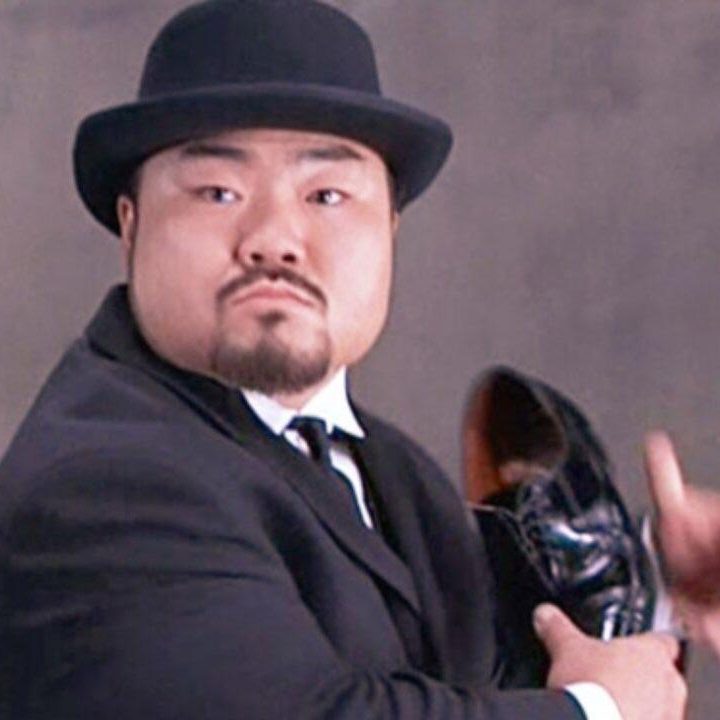
In 2008, some years after the Austin Powers series was placed on hiatus, Son was convicted of felony vandalism and placed on probation, though he repeatedly neglected to adhere to the terms of his probation agreement. As a result, Son was given a harsher sentence and was forced to provide a DNA sample. Then came a bombshell.
[rtk_adunit_middle]
The DNA sample was found linked to a horror cold case from 1990. Without subjecting you to all the counts on which he was charged, suffice to say that the maximum sentence for Son’s crimes was 275 years. Son was sentenced to life in prison, to serve a minimum of seven years, in September 2011.

In October of that same year, however, Son killed his cellmate and was moved to solitary confinement. He was sentenced in 2017 to an additional 27 years in prison. If he seems like a cold-blooded killer in Austin Powers, that’s because he is.
[rtk_adunit_end]

